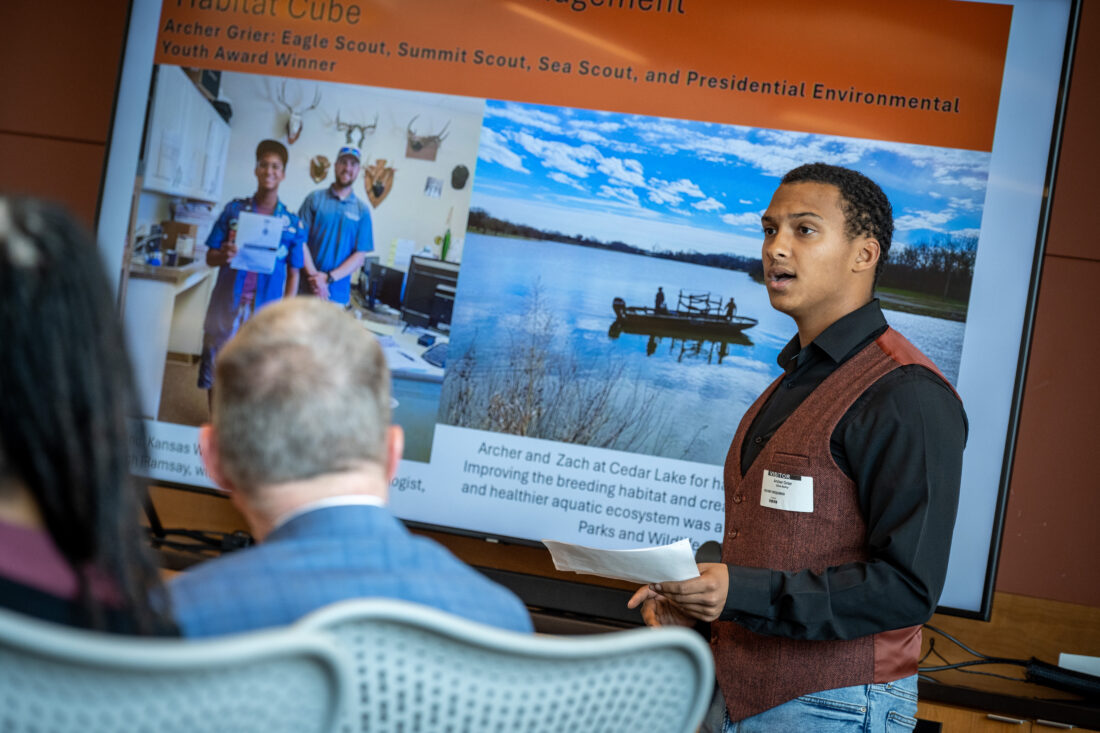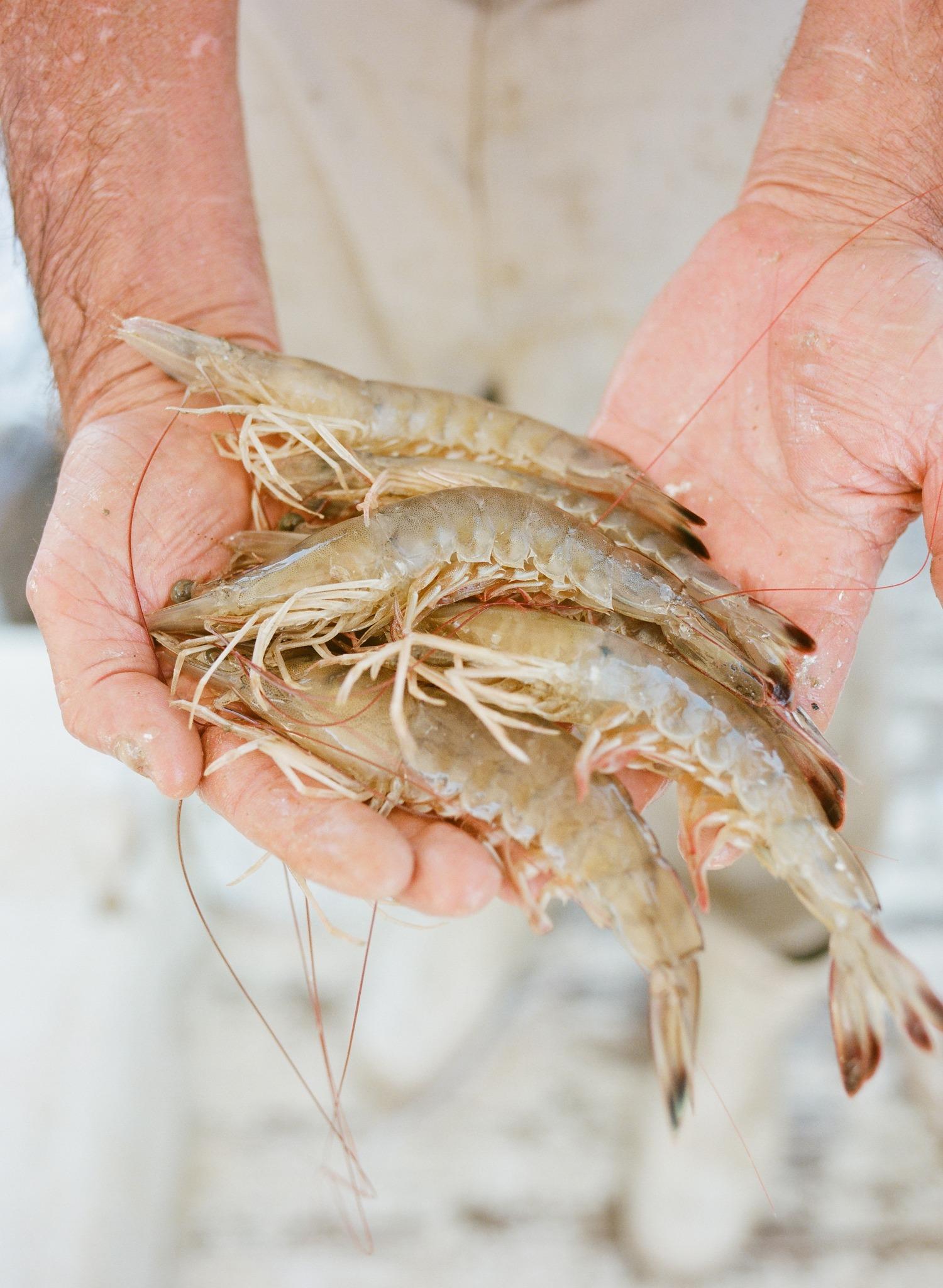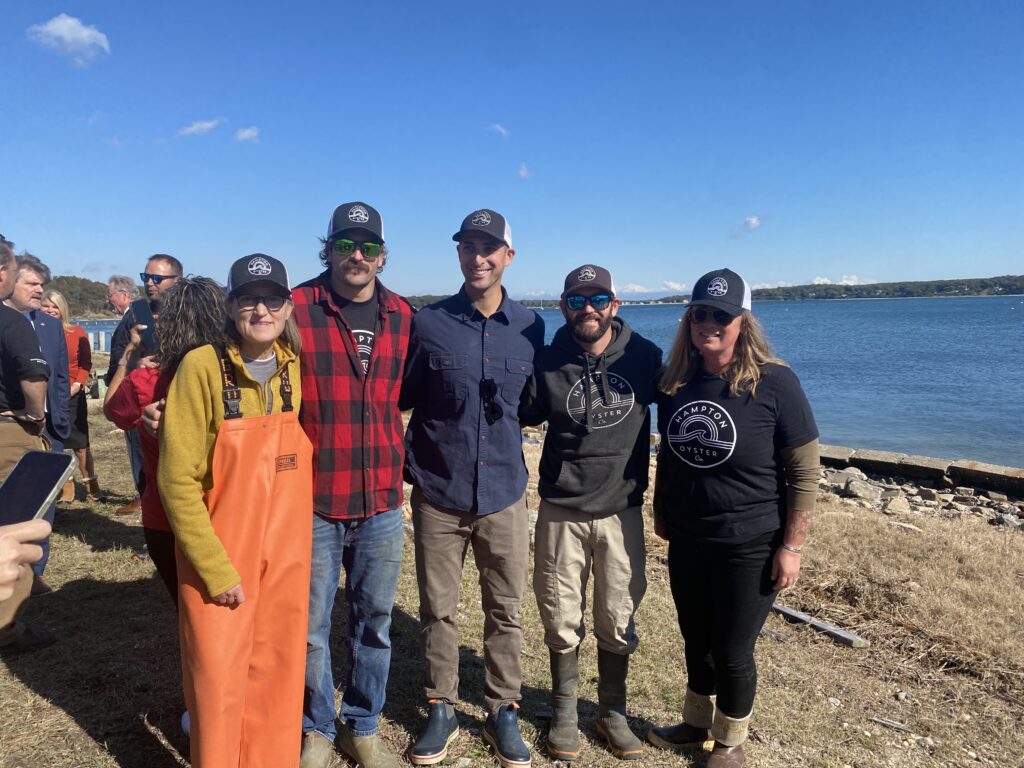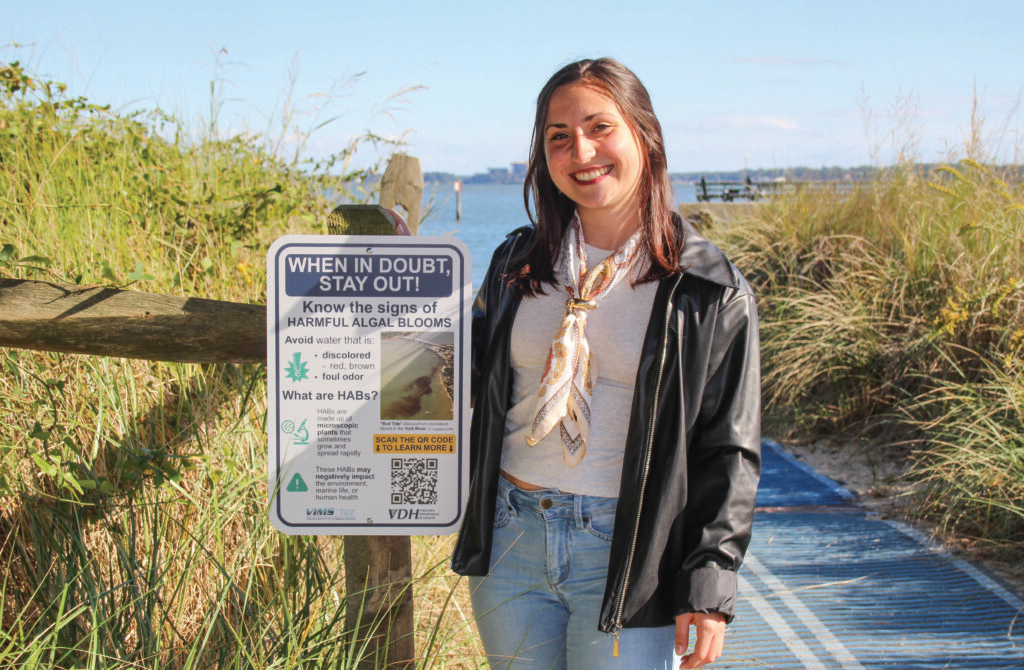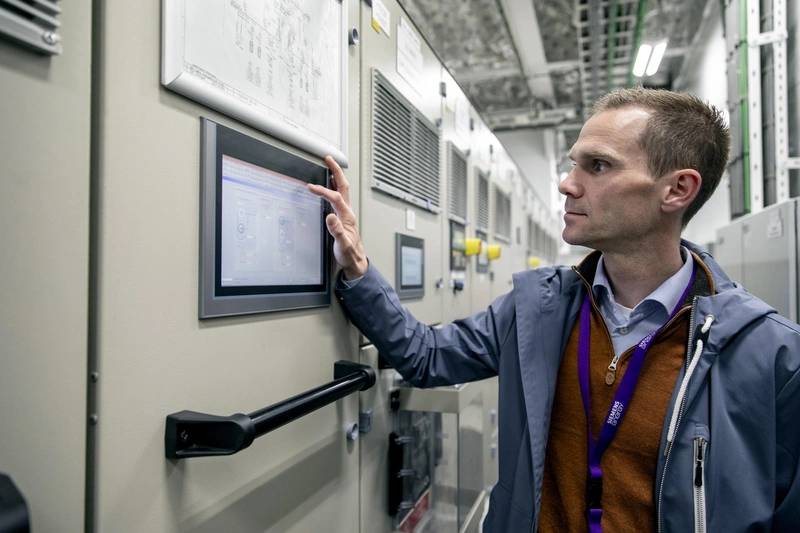Report on the President’s Environmental Youth Award: A Case Study in Sustainable Development Goal Alignment
Executive Summary
Archer Grier, a senior at Tonganoxie High School, has received a President’s Environmental Youth Award from the U.S. Environmental Protection Agency (EPA) for a 2024 project that exemplifies the principles of the United Nations Sustainable Development Goals (SDGs). The project, a sustainable fish-breeding initiative at Cedar Lake in Olathe, demonstrates a successful, youth-led approach to environmental restoration, community engagement, and sustainable economic support.
Project Overview and Objectives
In response to a fish kill and habitat loss at Cedar Lake, Archer Grier initiated a project to restore the aquatic ecosystem. The primary objective was to design and implement a sustainable solution to enhance fish populations. This was achieved through the construction and deployment of a fish-breeding cube fabricated from repurposed materials, directly addressing local environmental degradation.
Alignment with Sustainable Development Goals (SDGs)
The project’s design and execution show a strong alignment with several key SDGs:
- SDG 14: Life Below Water: The core mission was to conserve and restore a freshwater aquatic ecosystem. By creating artificial breeding habitats, the project directly contributed to the protection of marine and freshwater biodiversity and the revitalization of fish stocks.
- SDG 12: Responsible Consumption and Production: The initiative promoted sustainable practices by utilizing repurposed PVC pipe and drainage tubing for the habitat cubes. This demonstrates a commitment to recycling and reducing waste, a key target of SDG 12.
- SDG 17: Partnerships for the Goals: Success was achieved through a multi-stakeholder partnership. This included collaboration between a youth leader (Grier), a government agency (Kansas Department of Wildlife and Parks), and civil society (local scouts and peers), embodying the collaborative spirit of SDG 17.
- SDG 8: Decent Work and Economic Growth: By revitalizing the lake’s fish population and sparking community interest in angling, the project provided a tangible boost to local angling-related businesses, contributing to local economic vitality.
- SDG 4: Quality Education: Grier organized a “Construction Campout,” a hands-on educational event that mobilized peers. This initiative provided informal education on environmental engineering, sustainable fishing practices, and the importance of environmental stewardship.
- SDG 11: Sustainable Cities and Communities: The project enhanced a local natural resource, making the community’s ecosystem more resilient and sustainable while fostering community engagement and pride in local environmental assets.
Key Outcomes and Impacts
The project yielded significant environmental, social, and economic benefits, demonstrating a holistic approach to sustainability.
- Ecological Restoration: The deployed habitat cube successfully attracted fish within hours, beginning the process of revitalizing the lake’s aquatic ecosystem and addressing habitat loss.
- Youth and Community Engagement: The project mobilized local youth, providing them with practical skills and knowledge about conservation and sustainability, thereby fostering a new generation of environmental stewards.
- Economic Vitality: The improved fishery stimulated local economic activity by increasing interest in angling and supporting related businesses.
- Model for Sustainable Action: The initiative serves as a replicable model for youth-led, low-cost environmental solutions that integrate scientific research, engineering, and community action to achieve measurable progress toward the Sustainable Development Goals.
1. Which SDGs are addressed or connected to the issues highlighted in the article?
The article highlights a youth-led environmental project that connects to several Sustainable Development Goals (SDGs). The project’s focus on ecosystem restoration, sustainable practices, community engagement, and economic impact touches upon the core principles of the following SDGs:
- SDG 4: Quality Education – The project served as an educational platform for youth.
- SDG 8: Decent Work and Economic Growth – The project had a positive economic impact on local businesses.
- SDG 12: Responsible Consumption and Production – The construction of the fish-breeding cubes utilized recycled materials.
- SDG 14: Life Below Water – The primary goal was to restore a freshwater aquatic ecosystem.
- SDG 15: Life on Land – The project focused on protecting and restoring an inland freshwater habitat.
- SDG 17: Partnerships for the Goals – The project was a collaborative effort between a student, a government agency, and community groups.
2. What specific targets under those SDGs can be identified based on the article’s content?
Based on the actions and outcomes described in the article, several specific SDG targets can be identified:
SDG 4: Quality Education
- Target 4.7: By 2030, ensure that all learners acquire the knowledge and skills needed to promote sustainable development. The article mentions that Archer Grier hosted a “Construction Campout,” which “mobilized peers to build additional habitat cubes and learn about sustainable fishing practices,” directly contributing to education for sustainable development.
SDG 8: Decent Work and Economic Growth
- Target 8.4: Improve progressively, through 2030, global resource efficiency in consumption and production and endeavour to decouple economic growth from environmental degradation. The project simultaneously “revitalized the aquatic ecosystem” and “helped boost local angling-related businesses,” demonstrating how environmental health can support economic vitality.
SDG 12: Responsible Consumption and Production
- Target 12.5: By 2030, substantially reduce waste generation through prevention, reduction, recycling and reuse. The project directly addresses this target as the “sustainable fish-breeding cube” was “made from repurposed PVC pipe and drainage tubing,” showcasing the use of recycled materials to create a beneficial product.
SDG 14: Life Below Water
- Target 14.2: By 2020, sustainably manage and protect marine and coastal ecosystems to avoid significant adverse impacts, including by strengthening their resilience, and take action for their restoration in order to achieve healthy and productive oceans. Although this project is in a freshwater lake, the principle of ecosystem restoration is directly applicable. The project’s aim was to address a “fish kill” and “revitalized the lake’s aquatic ecosystem.”
SDG 15: Life on Land
- Target 15.5: Take urgent and significant action to reduce the degradation of natural habitats, halt the loss of biodiversity and, by 2020, protect and prevent the extinction of threatened species. The project was a direct response to “habitat loss in local fisheries” and aimed to restore the natural habitat for fish populations.
SDG 17: Partnerships for the Goals
- Target 17.17: Encourage and promote effective public, public-private and civil society partnerships. The success of the project relied on a partnership between Archer Grier (youth/civil society), the “Kansas Department of Wildlife and Parks Fisheries Biologist” (public sector), and “local scouts” (civil society).
3. Are there any indicators mentioned or implied in the article that can be used to measure progress towards the identified targets?
The article does not mention official SDG indicators, but it provides several qualitative and quantitative measures that can serve as implied indicators of progress:
- Indicator for Ecosystem Restoration (Targets 14.2, 15.5): The immediate effectiveness of the habitat cubes. The article states, “Within hours of deployment, the cube attracted fish.” This provides a direct, observable measure of the project’s success in creating a functional habitat.
- Indicator for Youth Engagement and Education (Target 4.7): The mobilization of peers for environmental action. The article notes that Archer “mobilized peers to build additional habitat cubes” during a “Construction Campout,” indicating successful youth engagement and knowledge transfer. The number of participants could serve as a quantitative indicator.
- Indicator for Waste Reduction (Target 12.5): The use of recycled materials. The project’s construction from “repurposed PVC pipe and drainage tubing” is a clear indicator of waste being diverted and reused for a productive purpose.
- Indicator for Economic Impact (Target 8.4): The effect on local businesses. The article explicitly mentions that “his efforts helped boost local angling-related businesses,” which serves as a qualitative indicator of positive economic impact linked to environmental restoration.
- Indicator for Partnerships (Target 17.17): The formation of a multi-stakeholder collaboration. The article identifies the partnership between a student, a government agency (KDWP), and community groups (scouts) as essential to the project’s success.
4. Create a table with three columns titled ‘SDGs, Targets and Indicators” to present the findings from analyzing the article.
| SDGs | Targets | Indicators |
|---|---|---|
| SDG 4: Quality Education | 4.7: Ensure all learners acquire knowledge and skills for sustainable development. | Number of peers mobilized and educated on sustainable fishing practices during the “Construction Campout.” |
| SDG 8: Decent Work and Economic Growth | 8.4: Decouple economic growth from environmental degradation. | Observed boost in local angling-related businesses resulting from ecosystem revitalization. |
| SDG 12: Responsible Consumption and Production | 12.5: Substantially reduce waste generation through recycling and reuse. | Use of “repurposed PVC pipe and drainage tubing” for the construction of habitat cubes. |
| SDG 14: Life Below Water | 14.2: Sustainably manage, protect, and restore marine and coastal ecosystems. | The attraction of fish to the habitat cubes “within hours of deployment,” indicating successful ecosystem restoration. |
| SDG 15: Life on Land | 15.5: Take action to reduce the degradation of natural habitats. | The creation and deployment of fish-breeding cubes to directly address “habitat loss in local fisheries.” |
| SDG 17: Partnerships for the Goals | 17.17: Encourage and promote effective public and civil society partnerships. | The successful collaboration between the student, Kansas Department of Wildlife and Parks (KDWP), and local scouts. |
Source: tonganoxiemirror.com

